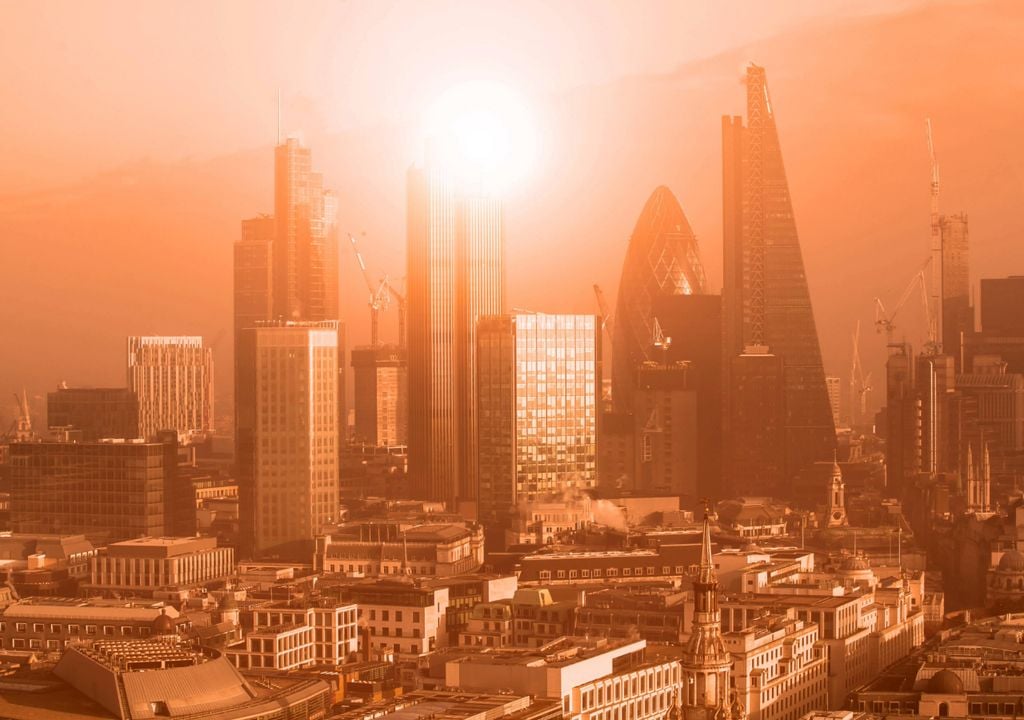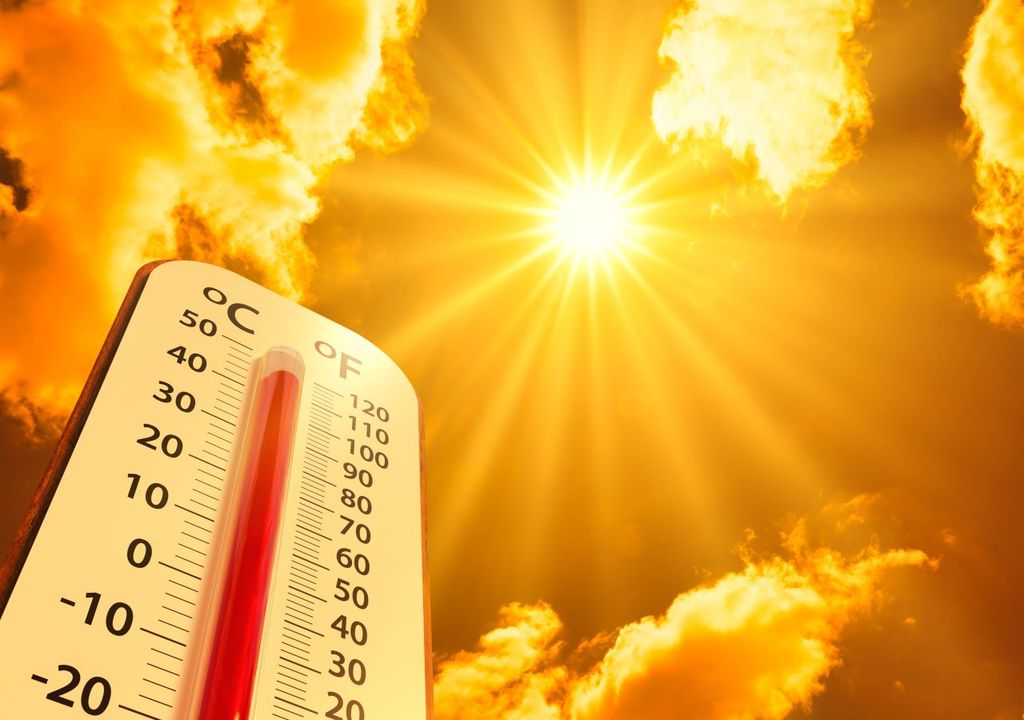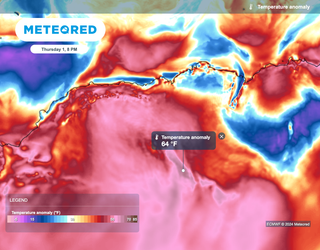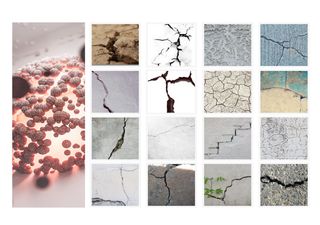What will temperatures be like in the future, by the year 2070? Alarming answers from new research
Temperatures in the 2070 could be up to 10°C hotter than in the 1990s, both during the day and at night, new research reveals. Will there be heat related deaths? Find out about the alarming implications.

Heatwaves in the UK in 2070 could be 10°C hotter than in 1990, with night-time temperatures rarely dropping below 25°C according to a new postcode-searchable website developed by researchers at the University of Bath.
Users input their postcode or location coordinates into the website to see likely heatwaves and weather projections in over 11,000 locations with graphs illustrating the difference between a heatwave from the 1990s and a forecast 2070s seven-day ‘extreme week’.
Prolonged hot temperatures
The Creation of Localized Current and Future Weather for the Built Environment (COLBE) project applied a sophisticated new simulation algorithm to official Met Office seasonal climate predictions and weather generator code to create realistic and detailed week-long, hour-by-hour, weather projections for 11,326 UK locations at 5km square intervals.
“We have focused on calculating the hour-by-hour temperatures we would observe in a likely extreme seven-day period,” explains David Coley, Professor of zero-carbon design and a member of Bath’s Centre for Regenerative Design & Engineering for a Net Positive World.
The predictions forecast peak summertime temperatures of 41°C in London, and one-week averages of 28°C in large parts of southern England. It also predicts higher overnight temperatures.
“The real danger lies not in moments or short periods of extreme heat but over sustained periods, where overnight temperatures do not drop enough to allow people to recuperate and cool down,” Coley says. “A normal assumption is that night-time temperatures are going to be significantly lower than in a day. What we have calculated suggests we should forget that assumption.”
Urgency of climate change
Researchers hope this new method of creating short-term weather predictions, which represents a change from most research into future temperatures, will aid public understanding of the danger of climate change for the UK, namely more intense heatwaves. Large areas of the south of the UK will experience heatwaves, like the one experienced in Europe in 2003.
“Messages about the urgency of climate change often focus on +2°C average temperature rises. People don’t think in terms of averages, or in terms of seasonal climate – they think in terms of weather, and what it’s like during extreme periods,” says Coley.

“This new tool…indicates that unless action is taken, deaths caused by heat will be common. In many locations what is currently a high midday temperature will be happening overnight, and over several days during a heatwave,” he says.
These low-probability events that might occur once in a hundred years will be happening roughly once every three years, Coley says with the UK feeling more like Bangkok, “with high humidity and unrelenting hot temperatures.”
Adapting buildings
The team also hope the findings will encourage homeowners, the construction industry and policymakers to incorporate features commonly used in hotter climates in new build and existing buildings, to help people better cope with the weather extremes of the future.
The construction industry and regulators must adopt climate change preparedness thinking in their work, Coley adds: “Architecture needs to create buildings which safely access all of the nighttime cooling potential, and don’t overheat during the day. It is worth noting that in the Paris heatwave, for similarly aged people, the mortality was lower in the homeless. People were literally killed by their homes.”
News reference
Coley, D. et al (2024) The week that will be: Communicating the impact of climate change via extreme weeks, Building and Environment








